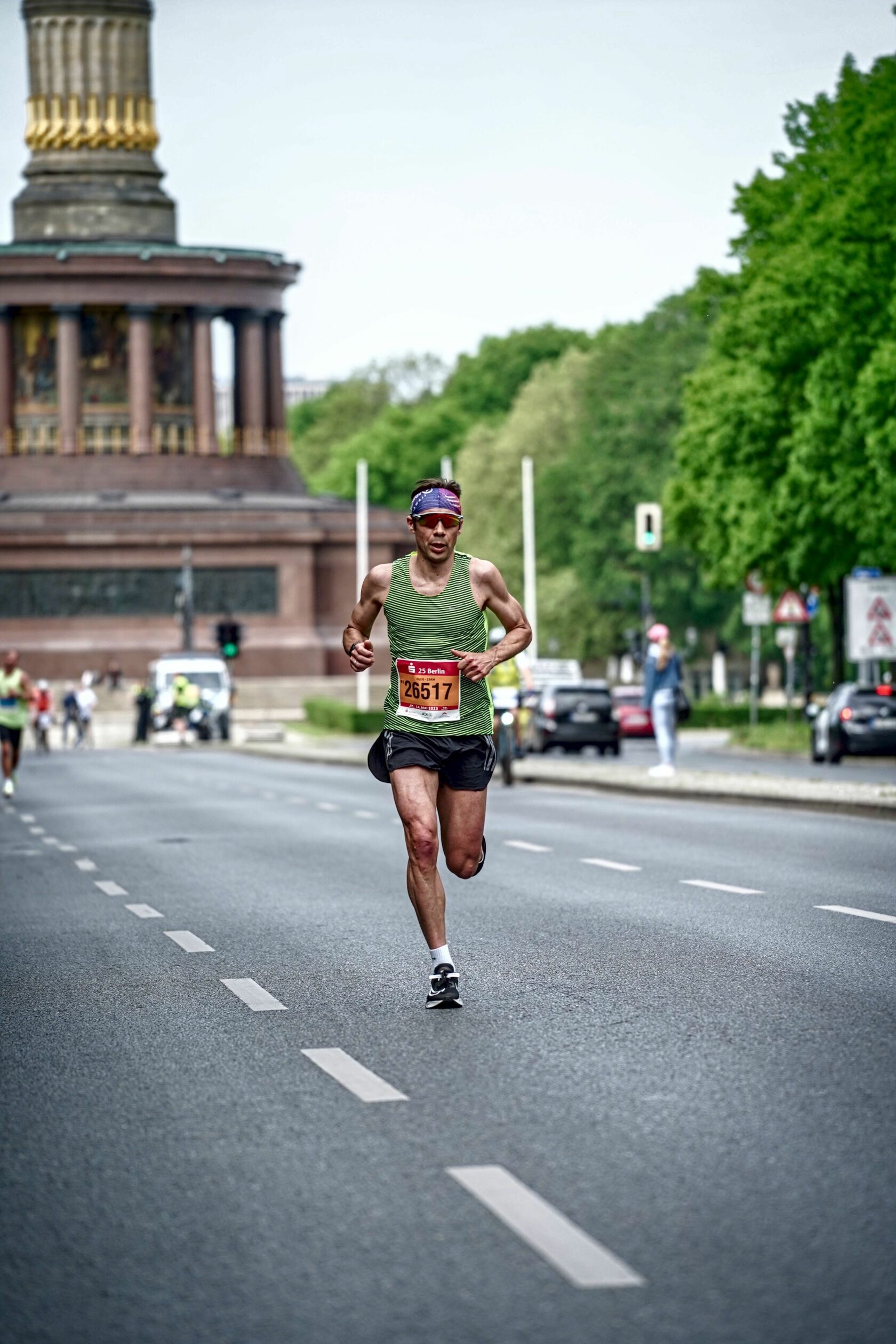I’m actually into triathlon. These are 3 sports in one — swimming, cycling, and running. Any triathlete does each of them worse than a swimmer, cyclist, or runner, respectively. As experts in these sports like to joke, if you don’t know how to (type your sport), go to triathlon 😄
There is some truth in this, but everywhere there are exceptions. So, among professionals and amateurs, there are always those who can achieve the highest results in one sport and triathlon simultaneously.
Top cyclists are good at triathlon.
For example, the famous Kazakh cyclist, and Olympic champion in cycling in 2012, Alexander Vinokurov, also showed the highest results in Kona in 2019 (though already among amateurs). Or Briton Cameron Wurf, a professional rider in the INEOS Grenadiers cycling team, who is an elite professional triathlete. Even the great and terrible Lance Armstrong was a successful triathlete and won not only the Tour de France but also the U.S. Short Course Triathlon Championships and the Ironman Hawaii 70.3. Swimming has a similar story — swimmers generally make excellent triathletes. There are many examples of this.
Runners cannot tri.
What about running? Are there elite runners who can perform fast in triathlon? To our knowledge, not a single runner from Kenya or Ethiopia, or any other country in the world, has even attempted to compete in a triathlon. The same goes for triathletes — they rarely enter runners’ territory. Simply because neither one nor the other has a chance in a “foreign field”. Thin runners have difficulty swimming and cannot push the power on the bike. Muscular and heavier triathletes will never run at the speed of a professional runner.
At the amateur level, the differences are not so visible, but they are also present. Most fast (amateur) runners run faster than fast (amateur) triathletes.
No mercy for triathletes.
Every triathlon enthusiast who enters a running start with high ambitions should know that he or she should not expect mercy from runners.
As a triathlete, I love running and take part in running races with pleasure. Perhaps in order to feel like an outsider or a snuffbox who can surprise. And occasionally I succeed.
I recently ran the S25 in Berlin. This popular and oldest city race is 25 km, which starts and finishes at the Olympic Stadium, passes through the Brandenburg Gate, and goes along the central streets — Unter den Linden and Kurfürstendamm. About 9,000 amateur and professional runners have been participating in recent years. Among the winners and record holders of the course, runners from Kenya are invariably in the lead. The course record is held by Dennis Kiprutho Kemetto, the 2014 marathon world record holder (2:02:57).
How faster are runners?
Everyone who runs 25 km below 1 hour 40 minutes starts together with professionals who run away from the very start to finish 15–20 minutes faster than the strongest amateurs. Amateurs gradually divide into groups according to their strengths during the first part of the run. With my triathlon background, I try to stay below the radar and run close to the end of a strong group — as long as its pace matches my capabilities. This time I ran the first 10–12 km in this way and then dropped. For the remaining 13–15 km, the best amateur runners broke away by 5–7 minutes. This shows the difference in the level of training in running between us.
What is the reason for this difference?
1. Training volume.
The average running volume of the pure runner preparing for such event is 90–100 km per week. These are 5–6 workouts with an average 15–20 km each. We triathletes can’t afford it. We still have cycling and swimming. The maximum volume that I can stand was 55–60 km per week. This is almost 2 times less.
2. Training intensity.
Most strong amateur runners train a lot at the threshold heart rate/pace zone. This means that they run 50 km (out of 90–100 km) per week at a competition pace. Triathletes can’t dream of that. My share of competition pace training rarely exceeds 30%. I still need to recover from cycling.
3. Muscles and weight.
Runners are lighter than triathletes (ceteris paribus), and their muscles are smaller. A runner simply doesn’t need as many muscles in the upper body (they don’t swim) and in the legs (the glutes and fore thighs, which are heavily used on the bike). This gives a running speed advantage.
4. Running technique.
Running technique in triathlon and on a smooth run is fundamentally different. Triathletes try to run economically — maintain a high cadence with a shorter stride and less amplitude. On the other hand, runners run wider, have a bigger amplitude of leg movement and, accordingly, have higher speed. All this together determines even the external difference in the running of one and the other. Not to mention the result.
5. Ambition.
True, there is another factor: triathletes do not like to lose. Therefore, apparently, we are fighting to the end.
So I suffered until the very end but did not give up. As a result, I run 25,5 km in 1h 34 min and took 15th place in the overall protocol, 7th among amateurs, and 2nd in my age group (45–49).
Thanks to the personality traits and OMY! Sports virtual coach 👍
Oleg Mazurov
